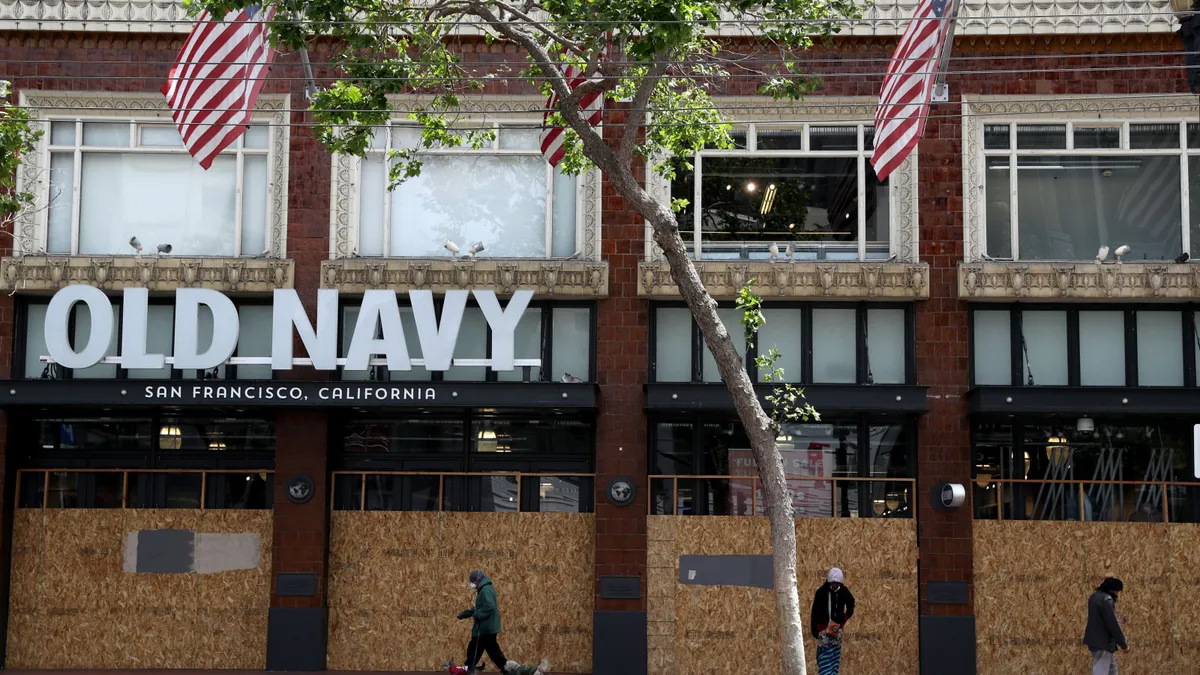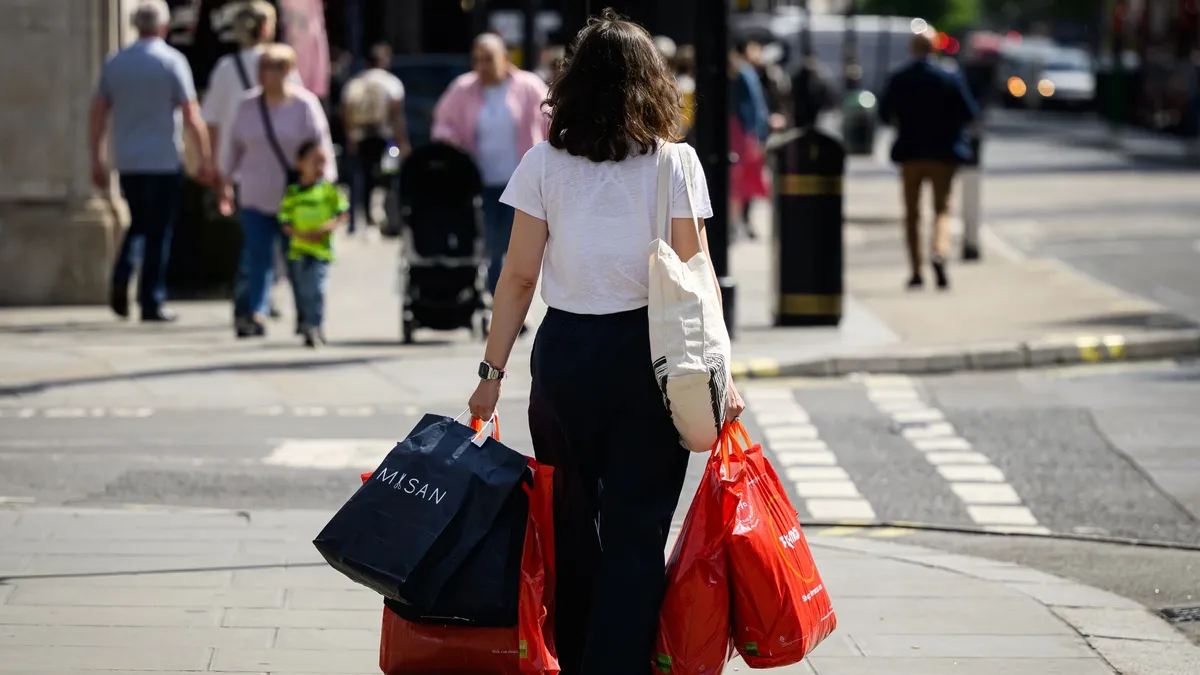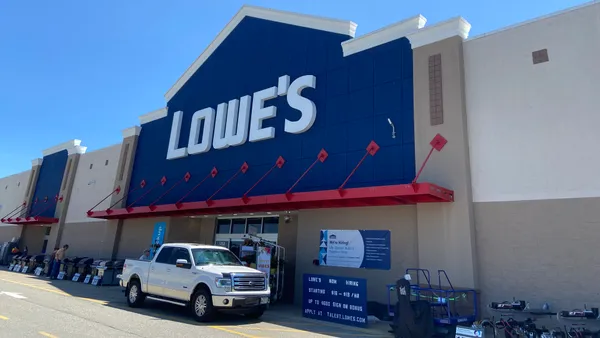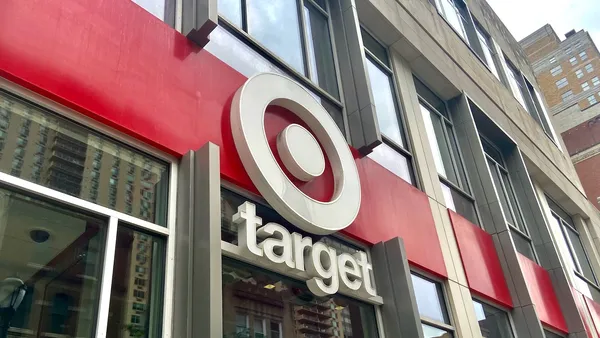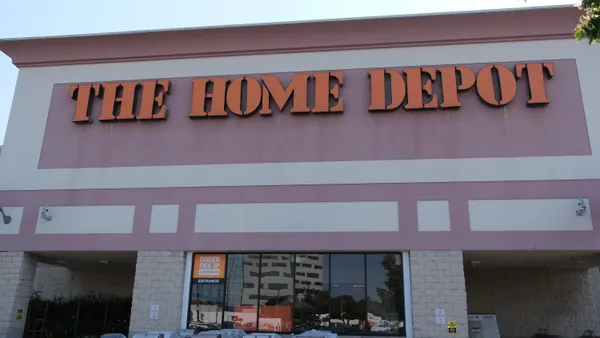Dive Brief:
-
Ralph Lauren profits dropped in the second quarter to $45 million, or 55 cents per share, down from $160 million, or $1.86 per share, in the year-ago period, thanks to weak sales and expenses associated with its turnaround effort, the company announced in an earnings release on Thursday.
-
Q2 revenue fell 7.6% to $1.82 billion, in line with its own expectations; a sales boost overseas of 2% somewhat mitigated its 12% decline in North America. Q2 same-store sales fell 8% and, excluding currency fluctuations, fell 9%. A pullback on discounts mitigated weaker store traffic, the retailer said.
-
Elements of the company's “Way Forward” plan were evident in the report: Inventory levels were down 15%, its Fall 2016 SKUs were reduced by 10%, its Denim & Supply operations were shut down “to focus on our core,” and seven under-performing stores were closed. “While it is still the early stages of our plan, we made meaningful progress and we are on track to deliver against Fiscal 2017 guidance,” CEO Stefan Larsson said in a statement.
Dive Insight:
Throughout election week, Ralph Lauren has remained a brand that practically shouts “America.” Former Democratic presidential candidate Hillary Clinton wore Ralph Lauren to vote Tuesday and again to concede the election the following day. First Lady-to-be Melania Trump also donned a Ralph Lauren jumpsuit on election night.
Despite its iconic reputation, the brand is still in the midst of a major turnaround that has it abandoning much of its department store-based wholesale business in favor of a speedier supply chain to enable its new “see now buy now” approach. The pullback on wholesale took a bite out of its recent earnings: Wholesale revenue in the quarter decreased 10% on both a reported and constant currency basis to $831 million, driven by a decline in North America, and partially offset by an increase in Europe.
That shows how painful change can be, noted Conlumino retail analyst Neil Saunders in an email to Retail Dive. “To be fair to Ralph Lauren, some of the steps backward are a part of its Way Forward plan,” Saunders said. “That wholesale revenues are down, for example, is a function of reduced shipments in the US as the company dials back on the number of channels and doors through which its brand is sold. This may generate some short term pain but, in our view, it is a necessary evil in order to rebuild the brand.”
But the pace of decline in sales and profits are “worrying,” Saunders said. “In our view, the figures cast some doubt over the company’s recovery plan, if only in terms of timing rather than than the correctness of its actions.”
While department stores have resorted to promotions to move merchandise in the huge spaces dedicated to Ralph Lauren’s brands, the fact is that they’re also a significant source of profits, pulling in 44% of the company’s revenue, Howard Davidowitz, chairman of retail consulting and investment banking firm Davidowitz & Associates Inc., told Retail Dive earlier this year.
“This is not going to be a straight forward thing to do because the department stores are going to have things to say about this, and they’re not easy to deal with, and this guy Larsson has no experience in wholesale,” Davidowitz said. “He put together all these numbers and it sounds okay, but what if sales start to drop much faster than he projects because the department stores stop cooperating with him? They have to do all this hand in hand — they’re the supplier, they’re not in charge.”




